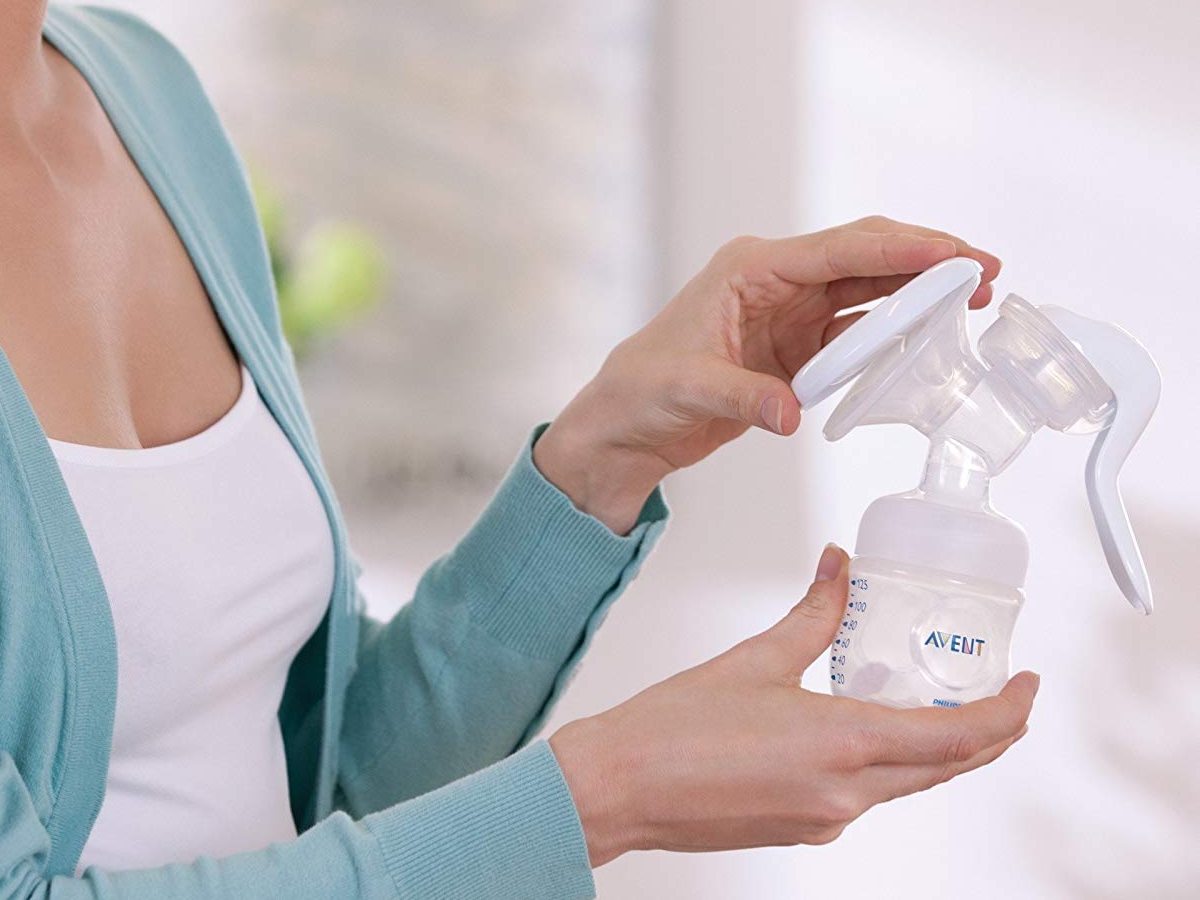A breast pump is a mechanical device that can help you express (or remove) milk from your breasts to store or give to a baby at a later time. Depending on your needs, you may want to start using a pump before the birth of your child or soon afterward. You can use a manual breast pump, a powered breast pump or a double-pump to remove and store your milk. The type of pump you use depends on your individual needs and whether or not you have health insurance to cover the cost of a hospital-grade pump or the cost of renting a home-use model.
You should speak to your healthcare provider or lactation consultant to learn more about the different types of pumps and what features are available. You can also visit sites that sell or rent breast pumps to see what is available and discuss your options with a sales associate.
The most common type of breast pump is a powered pump, which uses batteries or electricity to power a motor that creates suction and pumps the milk out of your breasts. A powered pump can be used at home or on the go. Some models allow you to switch between expression and letdown mode by pressing a button or squeezing a lever.
During a pumping session, you should find a comfortable place and try to relax. It can help to massage your breasts before and during pumping to stimulate the “let-down” reflex, which causes cells in the breast to eject milk. Some women may feel a sense of heaviness or tingling during this process, while others do not. Regardless of your experience level or whether you have a let-down reflex, you should aim to pump for 10 to 15 minutes per breast.
You will need a breast shield, a flange and a milk container to use a powered pump. The breast shield is a cone-shaped cup that fits over your nipple and the circular area surrounding it (the areola). The flange, which looks like a small megaphone, sits on top of the breast-shield. It is important that the flange fit comfortably, as pain or an uncomfortable fit can cause you to stop pumping.
A milk container, which can be a reusable bottle or disposable bag, fits below the flange and collects the pumped milk. Some models have a second, larger milk container to accommodate two breasts at once. You can also buy a special bra or garment that holds the flanges in place for hands-free pumping.
When you’re done, you can break the vacuum seal between the flange and your breast and stow the milk away in a fridge or freezer for use at a later date. It is helpful to label the containers with the date and your name. You can also add your baby’s name if you plan to feed it to him or her. Some people like to keep a spare, manual breast pump as a backup, particularly if their health insurance does not cover a powered pump or they are paying out-of-pocket for the equipment.
